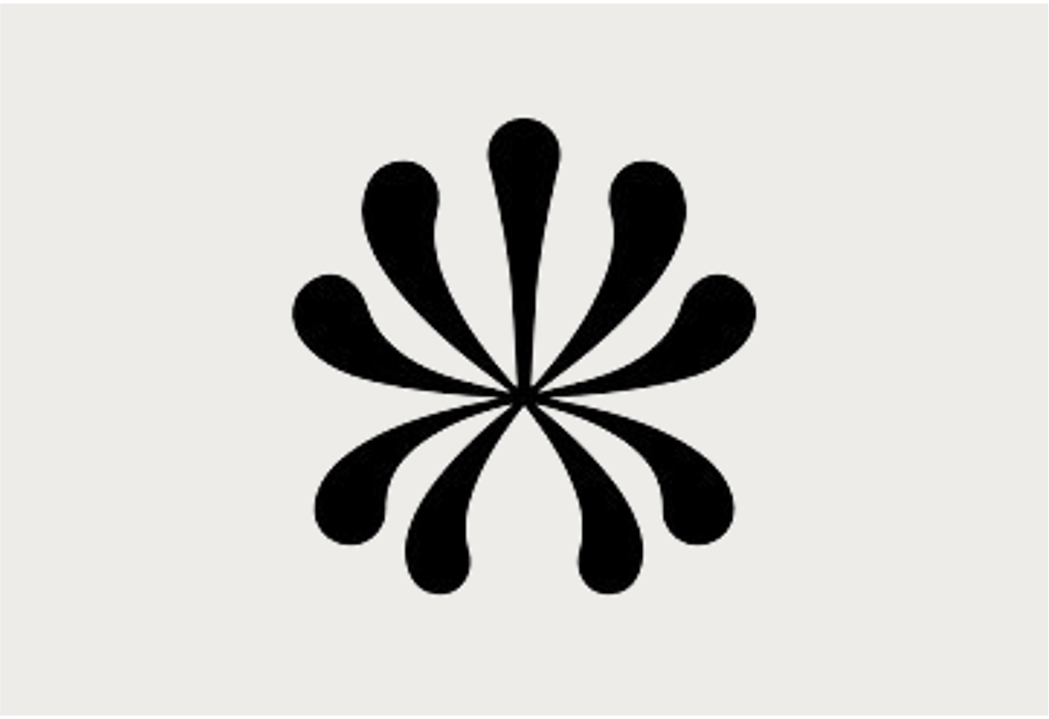A New Approach to Travel Between the Islands
The Hawai’i Seaglider Initiative (HSI) is a consortium of local government, private sector, and community stakeholders working to increase awareness, understanding, and adoption of seagliders in Hawai’i with a focus on community, culture and environment.
Our mission is to understand and advocate for how seagliders can help Hawai’i modernize its maritime transportation network, enablement systems, and supporting renewable energy infrastructure in ways that create a more convenient and reliable transportation network for passenger and freight.

Key Projects of the Hawai’i Seaglider Initiative
Feasibility Study
We are working with SMS Research to understand the feasibility of implementing seagliders in Hawai’i in ways that best serve the local community.
Education and Workforce Development Programs
We are creating learning opportunities for local teens and ensuring local trade professionals have the skills they need to work with seagliders and future maritime innovations.
Securing Grants
HSI will pursue funding opportunities that support the implementation of seaglider operations (e.g. funds to support renewable energy, port electrification, decarbonization, etc.) while providing co-benefits to Hawaii’s residents.
HSI is a continuously evolving initiative. We strive to structure the organization to best serve the community and commercial objectives we represent.

Frequently asked questions
Seagliders are all-electric wing-in-ground effect vehicles. Wing-in-ground effect refers to the airflow created by the vehicle’s wings and surface of the ocean, which allows seagliders to travel smoothly above the water. This means seagliders can fly low (within one wingspan) over the water on a cushion of air to take advantage of numerous aerodynamic and operational efficiencies.
Seagliders operate in three modes – float, foil and fly. From the dock, the vehicle first drives on its hull like a traditional boat. As it leaves the harbor area and speeds up, it rises on its hydrofoil, a key maritime technology popularized by America’s Cup sailing competitions. The hydrofoil offers significant wave tolerance and a smooth ride as the seaglider leaves a harbor. Upon reaching open water, the seaglider takes flight, retracting the foil and accelerating up to cruise speed — all while staying within a wingspan of the water’s surface.
Seagliders fall under the jurisdiction of the U.S. Coast Guard and will be regulated to the highest safety standards for passenger carrying vehicles.
In August 2022, REGENT successfully completed a series of first flight tests, using a quarter-scale prototype for the 12-passenger seaglider with flight-qualified avionics components, electrical systems, and software systems.
REGENT and Pacific Current commissioned SMS Research, a leading market research firm based in Honolulu, to look at the economic, environmental, and community benefits and challenges associated with introducing seagliders to Hawai‘i. This initial survey examined the socioeconomic and technical feasibility of establishing an inter-island and intra-island seaglider system.
The second phase of the feasibility study, led by Harvard University includes a detailed analysis of various ports and harbors. The data that we collect may also be incorporated into an environmental assessment or environmental impact statement.
Seagliders are much less expensive to operate relative to airplanes. This cost reduction means much lower ticket prices than what are currently offered by airline while simultaneously providing a quicker door-to-door travel time.
No, seagliders use a different technology than the Hawai‘i Superferry. Seagliders float, foil and fly to travel from one point to another. The Superferry used waterjet propulsion, cruising over the surface of the ocean.
The Hawai‘i Superferry operated without all of the necessary environmental impact statements. Although seagliders will be in the air for most of their travel time, there are still many studies that need to be conducted to understand any environmental impact on whales or other marine life and Hawai‘i waters.
A preliminary survey of Hawai‘i residents showed they are concerned that seagliders will only be affordable to the affluent and may result in an increased tax burden on Hawai‘i’s residents. The survey also showed that residents are concerned that seagliders may produce some form of ecological damage either near shore or in the areas surrounding the harbors. Others expressed their concern about how seagliders can potentially impact communities through an increase in visitors. All of these concerns are important to the Hawai‘i Seaglider Initiative, and will be addressed as seagliders move forward in Hawai‘i. We believe seagliders should bring the community together, not divide us. The goal of the Hawai‘i Seaglider Initiative is to move forward with an open heart and mind as a unified community.
SMS Research collected responses to questionnaires from mid-August 2022 until early October 2022 from government leaders, elected officials who would be direct decision-makers or appropriators for transportation services, maritime industry executives, and leaders from environmental and community organizations representing interests that would be directly impacted by the seaglider service.
In addition, 844 randomly selected State of Hawai‘i residents and 1,544 visitors were surveyed between August 30, 2022 and September 12, 2022. The visitors were qualified by indicating that they traveled for leisure by air, 500 miles or more, in the past five years and have visited Hawai‘i in the past five years. Visitors were classified into either U.S. West (residents of the West Coast or Mountain states) or U.S. East (all other states except Hawai‘i or the U.S. territories).
A second survey took place in 2025 collecting 540 randomly selected residents to verify findings.
We recognize the dangers of introducing a new mode of maritime transportation to Hawai’i’s environment. This is why seagliders are built to the highest regulatory and environmental standards. Seagliders contain a suite of early detection and avoidance systems to ensure that birds, whales, and other marine life is kept safe. Seagliders also offer a zero-emission mode of fast and affordable travel. With transportation making up the majority of Hawai’i’s energy emissions, seagliders represent a real and effective tool to help Hawai’i meet state sustainability goals which will further protect marine ecosystems.
What is a Seaglider?
A seaglider is an all-electric, passenger-carrying, wing-in-ground-effect vehicle built to service coastal routes, building on real-world-proven tech.








































